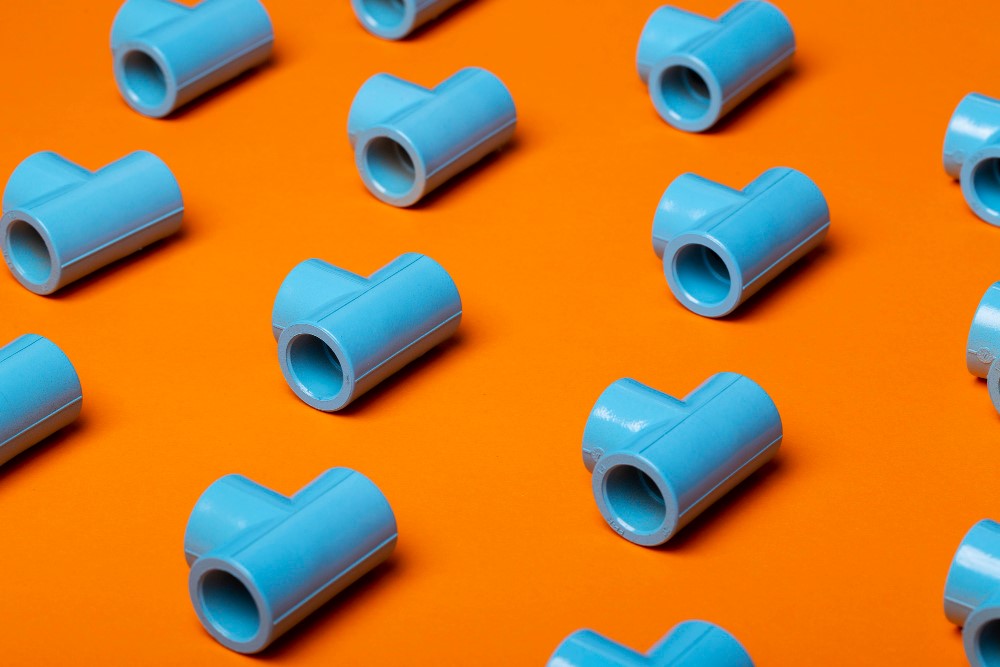When choosing bespoke plastics, picking the right material could sometimes seem like an unending puzzle. The process of selecting custom plastic parts frequently begins with a list of options based on past performance and known material qualities about application needs. Generally speaking, basic qualities like tensile strength, transparency, and resilience to chemicals and temperature are considered initially.
Increased accessibility
Once the performance requirements have been established, the material availability should be taken into account for increased availability as soon as is practicable. For research and development (R&D) purposes, modest quantities might be quickly obtained, but this does not guarantee that production volumes won’t have long lead times while developing.
Because it is a risk, add availability to the list of factors to be taken into account while selecting materials and backups. Furthermore, remember that content availability is subject to change, so be sure to check it often. If a backup material is suddenly needed and hasn’t been ordered in years, it might not be as easily accessible as it formerly was.
Extended life
This is yet another crucial factor that needs to be given careful thought when choosing the materials for custom plastic parts. These are the requirements that need to be considered when there are limited resources and a pressing need to come up with a feasible solution during the development stage. Was it worth testing materials that works perfectly but is too expensive to offer a practical solution, or would it have been wiser to utilize the funds to test less expensive alternatives?
Specificity
The selected content needs to err on the side of generalization rather than a specific definition. If the specifications list the material grade and the manufacturer, but the manufacturer discontinues the grade or has a supply problem, qualifying a backup could cause expensive delays.
Purchasing from as many vendors as required is made possible by removing the manufacturer. A further useful tactic to reduce these hazards in the future is to designate a material grade and one or two backup grades. It’s not always necessary to specify the grade.
Processing
When making the same item in the same mold, it’s crucial to remember that different materials—and even different grad materials—may have different windows for the injection molding process. Some materials are more challenging to work with and provide extra processing risks. Select easier-to-process resins once everything else is set. For this, an analysis of appropriate processing timing is required.
Custom formulations
Keep in mind that when the grades of material available do not produce the required results, creative solutions are still available. It is possible to enhance the properties of certain resins by combining special ingredients. For example, combining different materials can result in varied combinations of durometer, strength, and chemical resistance. Reinforcements such as carbon or glass fibers can be used with fillers to increase part performance.
Handling risk
Reducing uncertainty is the ultimate goal of risk management. Take this example into consideration: Replacing old, expected wear-out bruises can be made easier by keeping extra equipment to handle sudden breakdowns during the compression molding process. Through material selection, many of the risk factors have already been identified and reduced. As development is a team endeavor, communication is crucial. The customer and supplier must be able to communicate about the available options, trade-offs, priorities, constraints, and needs to arrive at the optimal solution.
Seek for proper assistance
Please contact the closest service provider if you need assistance or if you have any issues concerning the custom plastic parts. Solving complex problems will be made easier with the right instruction.



